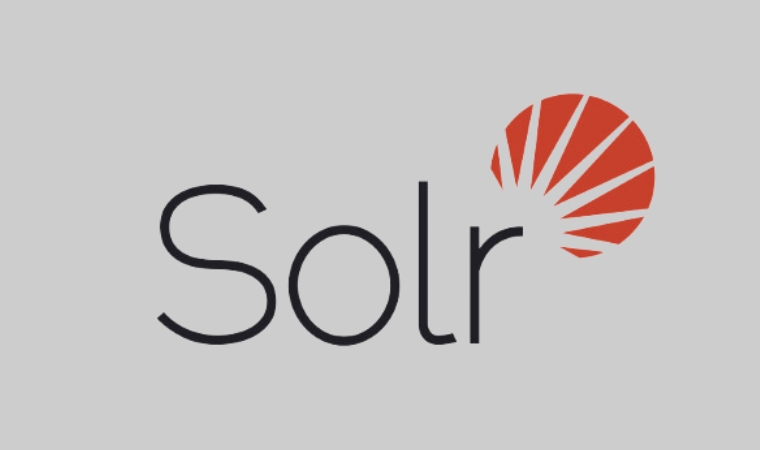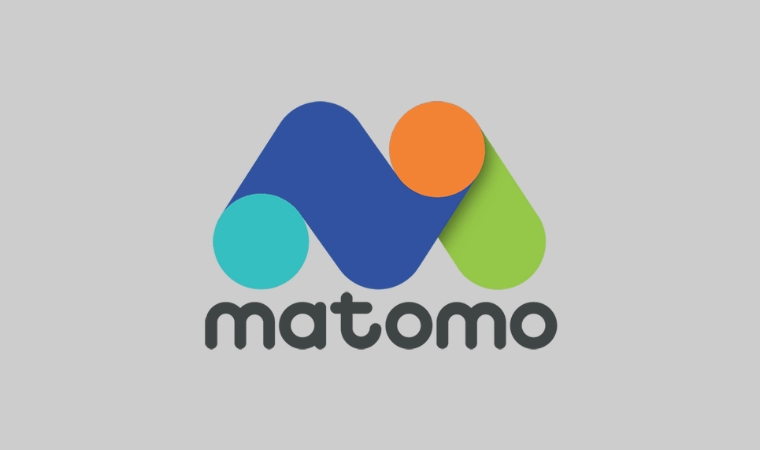Chemnitz, a city in Saxony with around 250,000 inhabitants, is a place of contrasts, characterised by ruptures and new beginnings. With its rich industrial history, its development into an innovative business location and a lively cultural scene, it impressively demonstrates how tradition and modernity can harmonise. As European Capital of Culture 2025, Chemnitz invites you to get to know the city's historic buildings, cultural highlights and impressive personalities.
Since 2005, the website of the city of Chemnitz had been based on the Imperia content management system, which required a licence. As part of a tender, the migration to a modern and future-proof system was requested.
We were able to convince them with our expertise and also scored points with the enormous range of functions, the large community, the flexibility, the future viability and the open source approach of TYPO3.
What was required was a complete migration of all content to TYPO3 - without any manual work on the part of the editorial team. In addition, various areas were to be expanded and interfaces connected that could not be realised with the previous systems.
An initial kick-off meeting was followed by further workshops to discuss the requirements for the individual subject areas and functions together with the city's contacts.
The schedule was tight: the collaboration began in May and the new website was due to go live in December 2024 - shortly before the start of the Capital of Culture year 2025. Due to the tight timeframe, the required detailed concept was gradually expanded in order to be able to launch the first functions early on.
Modern, clear and accessible design
The chemnitz.de website had its last relaunch in 2018. It was therefore necessary to refresh the styling in some areas.
In addition to the pure look, the small soft relaunch also incorporated numerous requirements for accessible websites. The header including the navigation and the footer were completely redesigned. Various older page templates were harmonised to create a uniform overall look and facilitate quick implementation.
The revised homepage now offers a clear introduction to the city's most important topics thanks to new design elements and a new concept for the content.
The migration
The most important part of the move was the complete migration of the existing content to the new TYPO3. During the migration, Netresearch had no access to the old system as it was operated in the protected city network of Chemnitz. The data was therefore delivered in close co-operation with the previous service provider.
The migration data was available in the form of files (Python arrays). These had to be analysed, parsed and correctly assigned to the corresponding pages, elements and columns within the TYPO3 data structures.
It was crucial that the import process could be repeated as often as required in order to be able to continuously and incrementally reconcile deviations between the data sets and the ongoing production operation.
A total of around 16,000 documents were analysed and imported. In addition, around 80 GB of media data was transferred from the old system to TYPO3. The particular challenge was to completely preserve all links and references between pages, elements and images.
In order to ensure that migration and styling could be carried out as quickly and in parallel as possible, the necessary content elements were initially provided in their basic form in TYPO3 and only finalised later. This allowed the migration to be continuously tested and any remaining errors to be corrected without hindering the other areas of development.
Quality assurance of the imported pages and content was automated using BackstopJS. This involved comparing screenshots of the old system with screenshots of the same page in the TYPO3 system and determining a percentage deviation. This allowed potential problems with the import to be automatically recognised, checked and corrected.
In addition to Imperia, the city also operated a Drupal system in which the events were previously maintained. This content was also imported by Netresearch in order to replace Drupal and maintain the event calendar completely in TYPO3.
Interfaces
The existing editorial content was to be supplemented by additional content sources. Numerous data from external sources previously had to be entered manually.
Netresearch therefore developed interfaces to two major event organisers from Chemnitz (C3 and Chemnitz Theatre) and to the current Capital of Culture website chemnitz2025.de. Around 2,000 events are now imported and updated fully automatically every day. In addition to the pure event information, the associated media are also provided in TYPO3.
In addition, services from the City of Chemnitz's service portal are automatically imported and displayed in the website's search function.
Previously, the editorial team also had to manually transfer the current construction sites from an Excel spreadsheet into the CMS. Using the ArcGIS interface provided by the City of Chemnitz, this import now takes place fully automatically at intervals that can be freely defined by the editors.
After the import, all data is automatically indexed for the website search. This ensures that it can be found immediately by website visitors. In addition to the import, the corresponding processes also ensure that expired events or construction sites are automatically removed from the website search.
Translations
The translation of pages and page content has also been automated. Previously, only a few translations were carried out by a translation agency. Most of the content was previously only available in German.
Thanks to the newly implemented connection to the translation tool DeepL, all content is now automatically translated into English and Czech. Further languages are to follow.
Rights and roles concept
A total of around 100 editors are responsible for maintaining the website content. A well thought-out rights and roles concept is a must here.
TYPO3 offers a particularly high degree of flexibility by default. This means that authorisations, such as editing existing content or creating new pages, can be assigned and restrictions can be set up for certain parts of the page tree or media management.
Publishing workflow
The chemnitz.de editorial team was already working with a publishing workflow in Imperia, which was optimised with the help of TYPO3 Workspaces. This means that simple editors cannot make any changes to the live system, but pass on their adjustments to the editorial team for approval. Selected editors with their own areas of responsibility, on the other hand, can also publish themselves.
In addition, TYPO3 has extended the workflow to include e-mail notifications and comments, which were previously sorely lacking.
Solr search
In order to provide website visitors with quick access to the desired content, an extensive search function was integrated using the Solr search platform. In addition to the editorially created and imported data records, external content from the service portal is also displayed here. This provides quick access to frequently searched services.
Numerous list views of various data records such as press releases, official gazettes, tenders, reports and brochures were also implemented with Solr. User-friendly filters were added here with the help of Solr.
Calendar of events
A particularly important part of the migration was the events calendar. The events were previously maintained in Drupal. Both the editorial team and 50 other event organisers entered their events here. Thanks to the rights and roles concept, external organisers can continue to access the system and enter their events.
During the project, we migrated all 700 existing events from Drupal and expanded the website's offerings by connecting the major event organisers C3 and Chemnitz Theatre. The programme of the Capital of Culture Chemnitz 2025 website is also imported via an interface.
New teasers were created on the homepage to advertise the top events and upcoming city tours.
Tracking with Matomo
In order to be able to evaluate the access figures and usage behaviour of visitors, we provided a Matomo instance and connected it to TYPO3.
Matomo is an open-source web analytics platform that is considered a privacy-friendly alternative to Google Analytics. As all data is hosted on its own servers, operators retain full control over their user data. This is particularly advantageous for public institutions such as the City of Chemnitz, which must comply with the highest data protection standards.
Infrastructure
One requirement of the tender was to provide a scalable and highly secure system for the editorial team that is available outside the city network.
The website is operated via Amazon Web Services. For this purpose, corresponding independent clusters were created for the various areas of tracking, Solr, front-end instances and back-end instances.
The architecture does not allow any "external" access to the infrastructure, e.g. via SSH or FTP. The only entry points are secure HTTP connections. Furthermore, none of the components are publicly accessible. This reduces possible attack vectors to an absolute minimum.
All clusters have the option of auto-scaling during peak loads and the ability to self-heal in the event of a fault. Deployment in the AWS environment is fully automated via corresponding deployment pipelines, which were realised using Concourse CI. A complex web application firewall (WAF) protects all systems from DDoS attacks, for example.
The entire infrastructure is provisioned using the Terraform tool and is available as versioned code. This means that the setup can be completely restored within a few minutes in the event of a total failure. Furthermore, all changes to the infrastructure configuration are documented and traceable at all times.

The change of agency and CMS was a challenging task for the City of Chemnitz's website - but one that was handled excellently. The chemistry with Netresearch was right from day one: we appreciate the reliable cooperation at eye level. Throughout the entire project - from the concept to the migration of the existing website to the actual launch in the new system - we felt that we were competently looked after.
Thomas Liebert
Team Leader Internet
City of Chemnitz
As a result, a future-proof portal was created for the city of Chemnitz, which impresses with its modern and barrier-free layout.
The new homepage, the optimised navigation and the clever search function help the website's various target groups to find relevant information quickly.
Thanks to the automatic migration of content, the website was moved in a very short time.
The many interfaces also ensure that events, construction sites and services are updated automatically.
The new infrastructure fulfils high requirements in terms of scalability, reliability and cyber security for the City of Chemnitz's web application at the level of a critical infrastructure system.














